In which, the urban area is developed on a green, identity and happiness foundation, creating motivation, increasing attractiveness and competitiveness, adapting to integration trends, being able to respond to climate change and contributing to improving the quality of life for residents.
Forming a new urban area on the right bank of the Red River
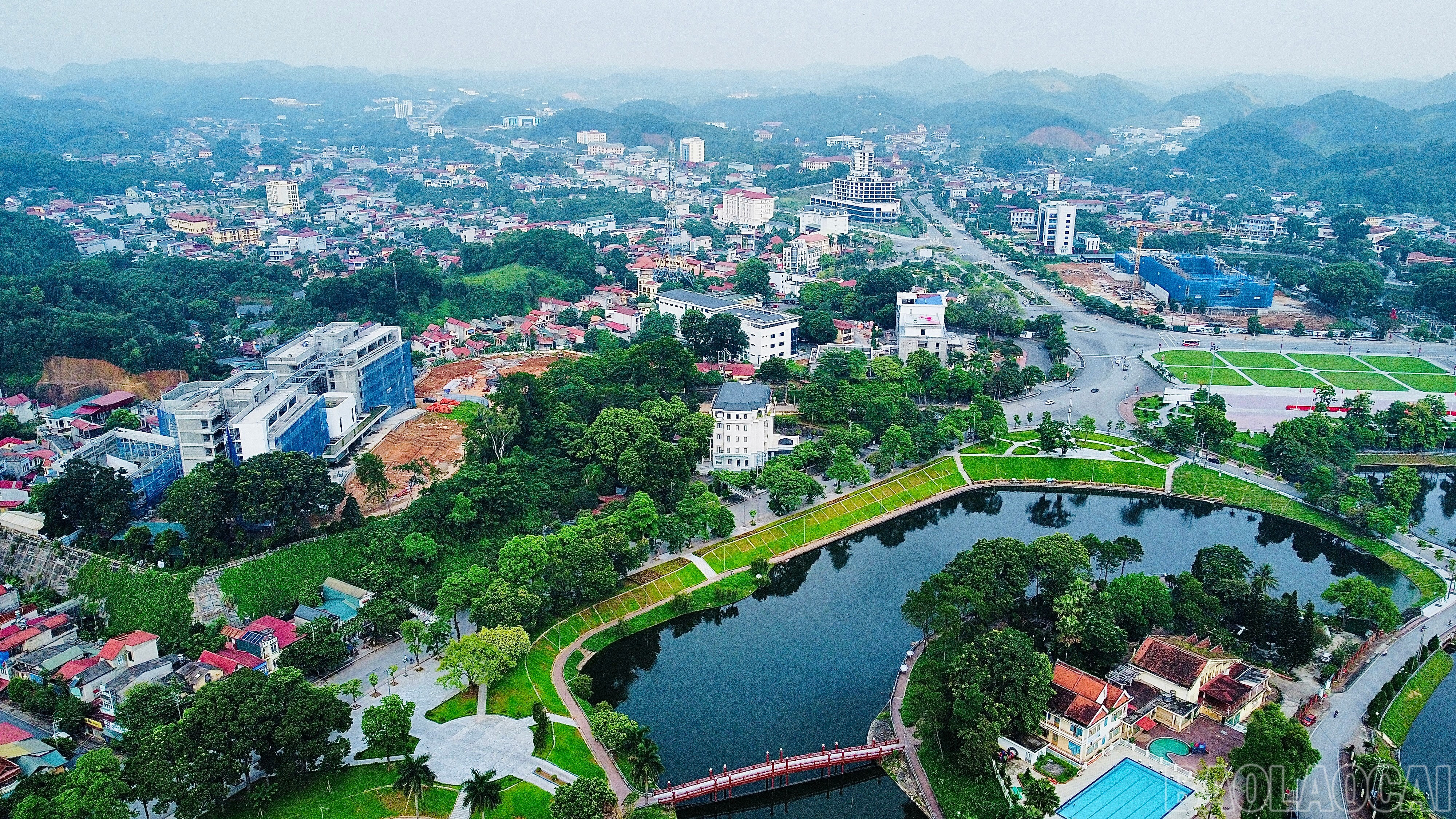
Immediately after leaving the Van Phu intersection of Noi Bai - Lao Cai Expressway on the connecting route to Yen Bai ward - the current provincial center, we were surprised by a large-scale urban area project gradually emerging. The project is called Yen Bai Riverside urban area, built on a total area of 23.85 hectares, located on Bach Lam street, Au Lau ward. Yen Bai Riverside urban area has a total investment of nearly 1,000 billion VND, was granted a construction permit by the People's Committee of Yen Bai city (old) in March 2024, and is expected to be completed this year. This is one of the projects that shows the urban shift from the left bank to the right bank of the Red River in the southern wards of the province.
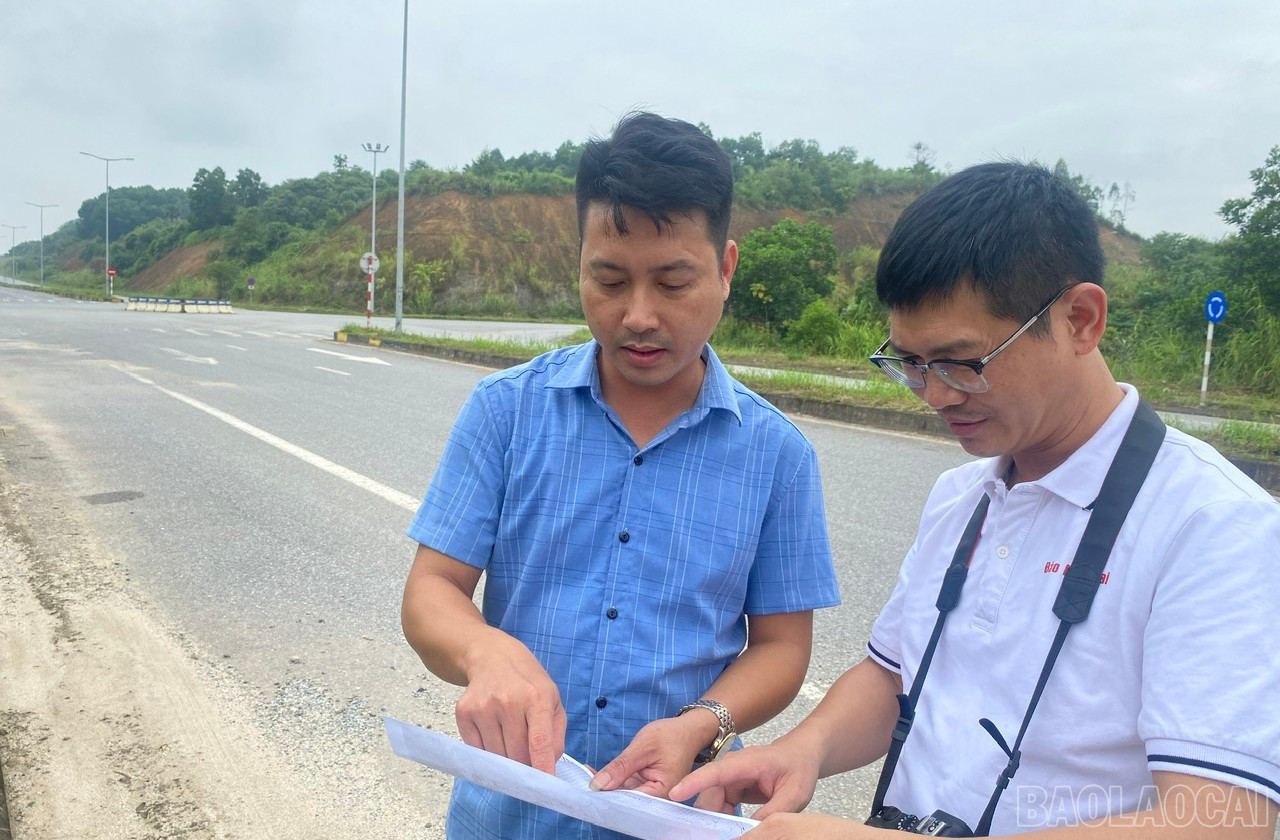
The Red River flows through the territory of Yen Bai province (old) stretching from Lang Thip area (old Van Yen district) bordering Bao Yen district of Lao Cai province (old), through Van Yen, Tran Yen districts, Yen Bai city. Due to the characteristics of different elevations, frequent large floods, high flow speed, and high risk of landslides, urban development along the river is very difficult. However, over the decades, with efforts to regulate the river, stable residential areas have been formed and developed into urban areas. In addition to the largest urban area, Yen Bai city in the past, from the North down, one can encounter the towns of Co Phuc, Bao Dap, Mau A, An Thinh... (old place names)
To strengthen urban connectivity along the Red River, Yen Bai province has previously invested in building vertical and horizontal routes, connecting urban areas within the province with each other and with urban areas in the region to take advantage of connecting infrastructure from national traffic axes that have been and are being invested in such as Noi Bai - Lao Cai expressway and Lao Cai - Hanoi - Hai Phong railway.
This policy has been shaped by the old Yen Bai city over the years with key works and projects. Most recently, at the end of 2023, Gioi Phien bridge with a total investment of 650 billion VND across the Red River was officially inaugurated. Along with the existing bridges including Yen Bai bridge, Van Phu bridge, Tuan Quan bridge, Bach Lam bridge, this is also the 5th bridge across the Red River in the old Yen Bai city, contributing to connecting the two banks, connecting the urban space being planned on the right bank of the Red River, creating a highlight for the urban area in the central area of the new Lao Cai province.
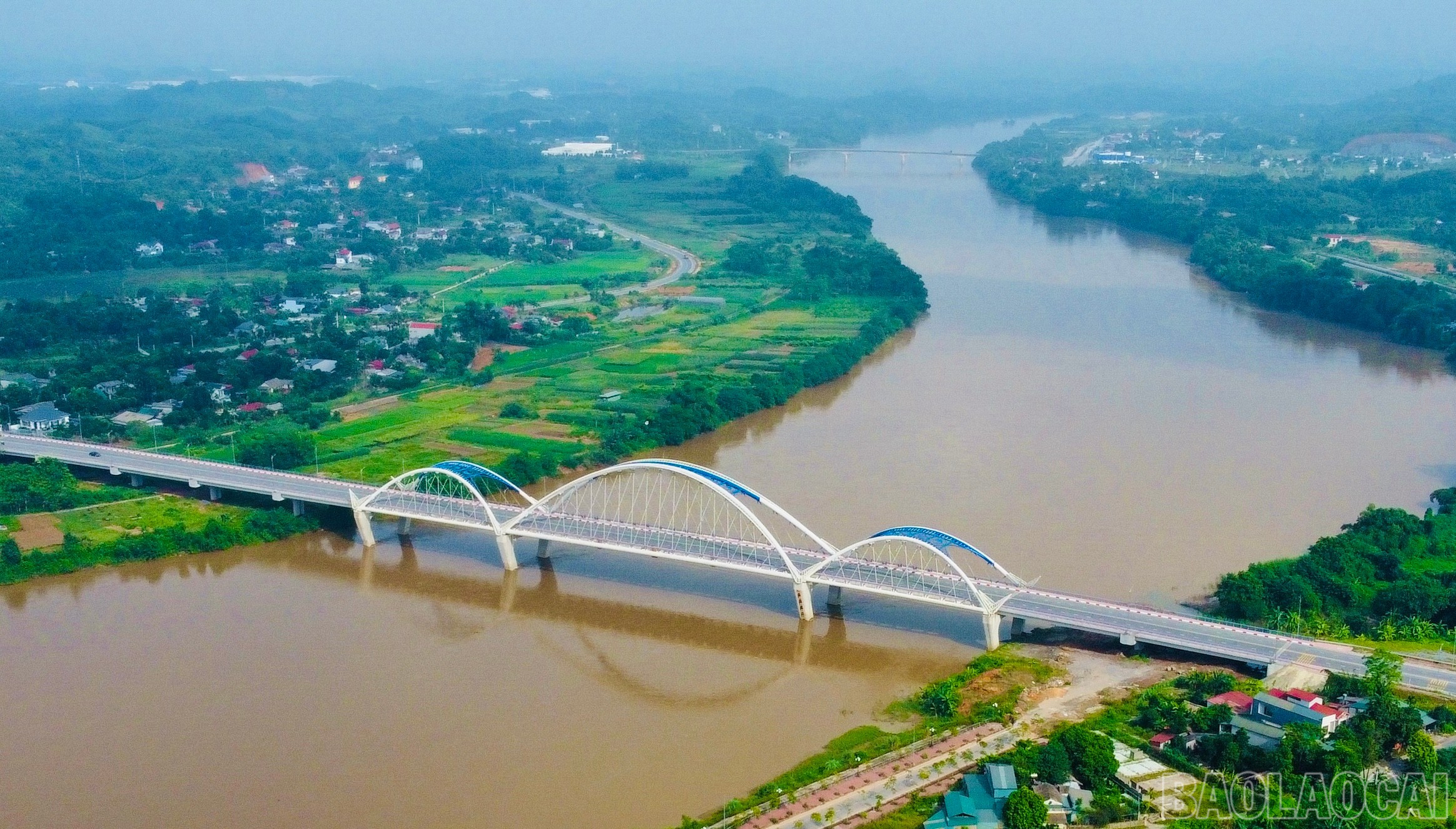
The leader of the provincial Department of Construction said that the new planning project to expand the former Yen Bai city area was approached with a new mindset, creating development space to the right bank of the Red River. At the same time, to build an urban area on both sides of the river, bridges must be built. That is why, as the crow flies from Yen Bai bridge down to just over 7km, the old Yen Bai city has up to 5 bridges.
Spatial orientation on both sides of the Red River
Yen Bai city in the past, initially formed an urban residential area on the riverside, about 40 years ago, the administrative center of Yen Bai province (old) was built into the hill area and formed a new urban center. Today, when the highway as well as many bridges across the Red River have been built, urbanization is expected to be carried out in the area along the Red River.
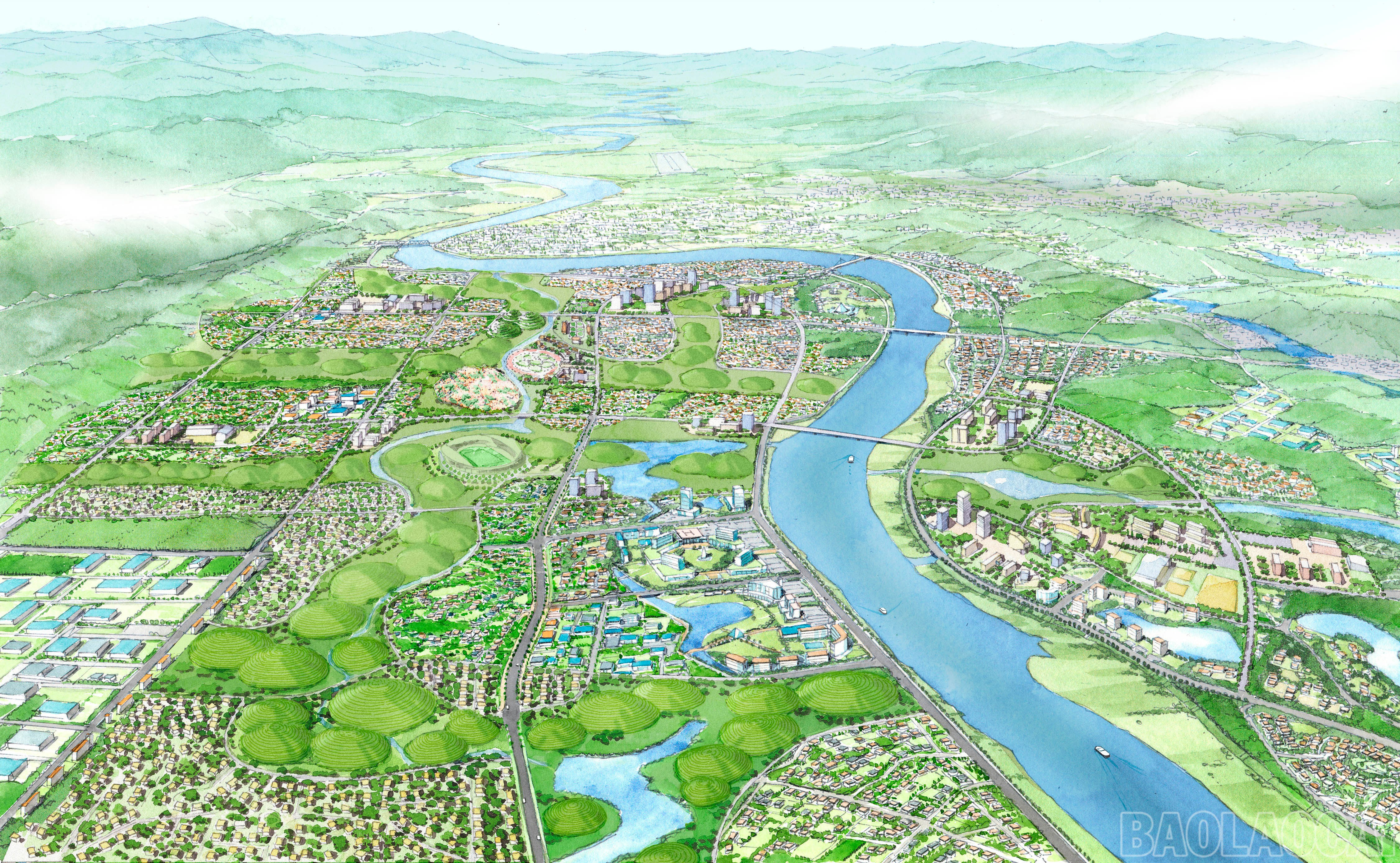
To limit the risk of flooding, Yen Bai province (old) has built a plan to reasonably develop the city on both sides of the river, building urban areas associated with the creation of a system of green and public spaces along both sides of the Red River. The advantages of this plan are the formation of public green spaces along the Red River; strengthening the connection between existing and new urban areas on both sides of the Red River; promoting riverside traffic infrastructure; creating an urban face along the Red River, improving the quality of the living environment; exploiting and rationally using the land fund along the Red River.

The orientation of the development of the former Yen Bai urban space - the current southern part of Lao Cai province, includes 6 functional sub-zones. In which, the central urban area is the development center of the planning area, including existing urban areas and newly developed urban areas with the Red River axis as the center of dynamic development. The industrial - service area at the Hanoi - Lao Cai expressway intersection is two industrial - service areas closely linked to the IC12, IC13 expressway intersections and the main roads of the urban area, adjacent to the central urban area, here promoting the development of industry, logistics services and trade services, tourism.
The industrial zone is the industrial zone in the southeast of the central urban area, developed on the basis of continued investment in building an industrial zone in the south of Yen Bai city (old). The Thac Ba lake tourism service urban area is an area that develops diverse types of eco-tourism that promote the nature of Thac Ba lake; develops and expands the urban area in Yen Binh commune to become a commercial and logistics service urban area for the Thac Ba lake tourist area. The Van Hoi lake eco-tourism area is an area that develops tourism and high-tech agriculture and forestry in Van Hoi lake and surrounding areas. The agricultural and forestry - rural area is the agricultural and forestry production areas and rural population located around the urban and industrial areas.
Three main spatial axes form the framework for urban development, including the cultural - tourism axis: The axis from Thac Ba lake to Van Hoi lake, passing through the central urban area, connecting tourist areas, new urban areas, trade and service centers, industrial centers with IC12 intersection; the historical axis of urban development: The urban axis connects the existing urban area with new development centers in the future and with IC12, IC13 intersections; the Red River axis - the dynamic axis: The framework for the development of new urban areas along the Red River, will become a symbol of economic development and strong urbanization of the central wards in the South of the new Lao Cai province in the future.
Two main traffic axes are identified, including inter-regional traffic axes (highways and national highways connecting the planning area with domestic and foreign economic zones) and urban traffic axes (main urban traffic axes in the belt and radial direction connecting the main urban centers and industrial centers).
Lesson 3: Ecological green belt in Viet Tri
Source: https://baolaocai.vn/bai-2-xay-dung-do-thi-ben-song-post399207.html


![[Photo] Exciting contest of skillful red fruit picking and creativity from Son La coffee beans](https://vphoto.vietnam.vn/thumb/1200x675/vietnam/resource/IMAGE/2025/11/15/1763201832979_ndo_bl_3-jpg.webp)

![[Photo] General Secretary To Lam receives Governor of Kanagawa Province (Japan) Kuroiwa Yuji](https://vphoto.vietnam.vn/thumb/1200x675/vietnam/resource/IMAGE/2025/11/15/1763204231089_a1-bnd-7718-5559-jpg.webp)
![[Photo] Action for the Community tells stories of enduring journeys – both intimate and great, yet quiet and determined](https://vphoto.vietnam.vn/thumb/1200x675/vietnam/resource/IMAGE/2025/11/15/1763179022035_ai-dai-dieu-5828-jpg.webp)
![[Photo] The Government Standing Committee reviews the planning project of the Red River landscape avenue axis](https://vphoto.vietnam.vn/thumb/1200x675/vietnam/resource/IMAGE/2025/11/15/1763197032149_dsc-0163-jpg.webp)

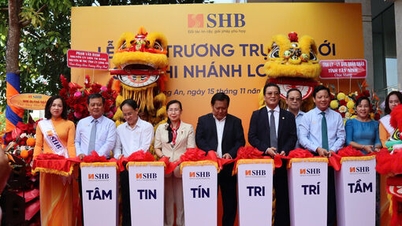

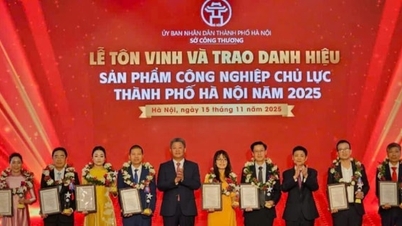

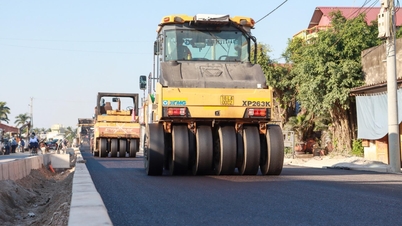

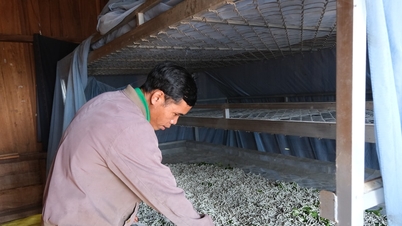









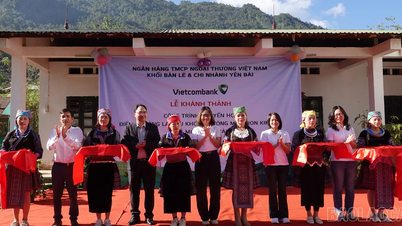
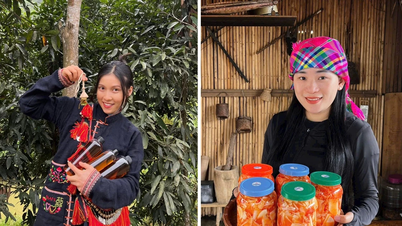
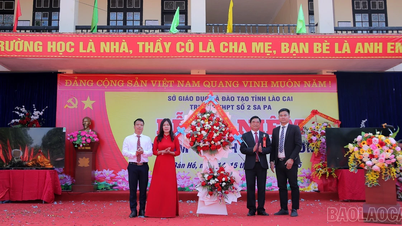
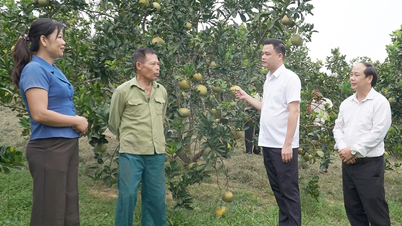
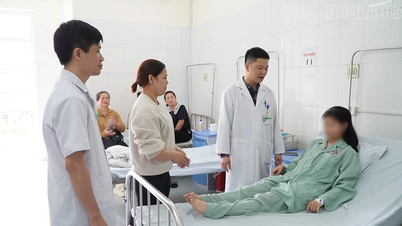


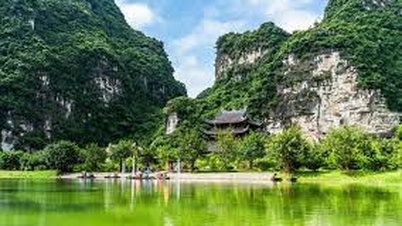


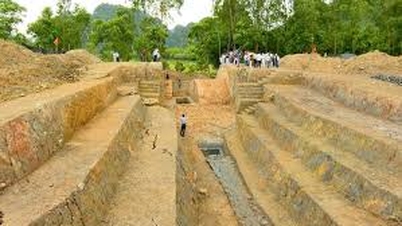

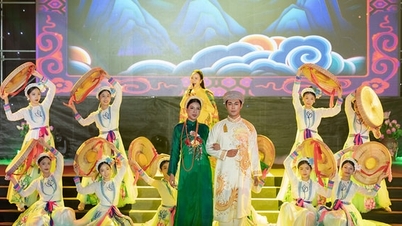




























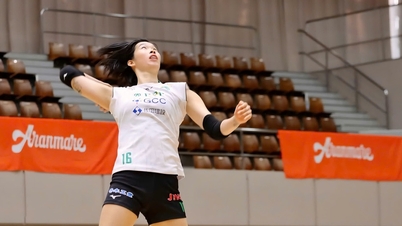
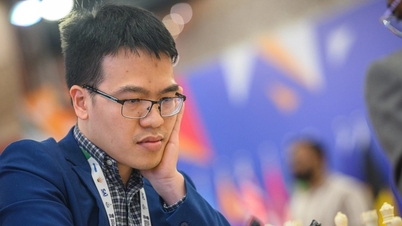
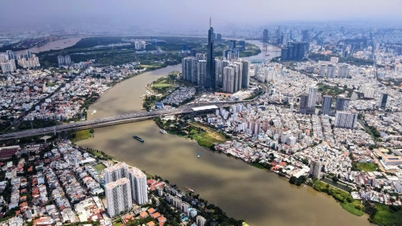

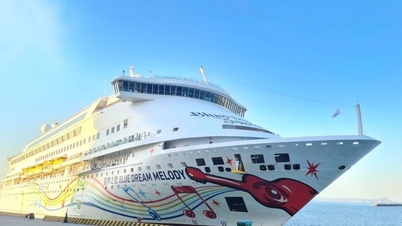
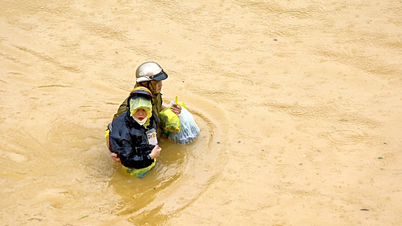



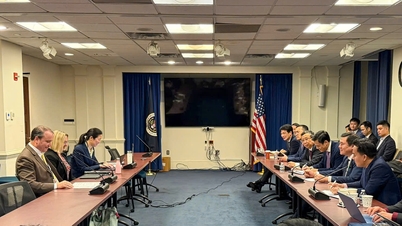

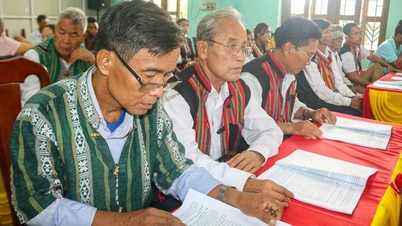
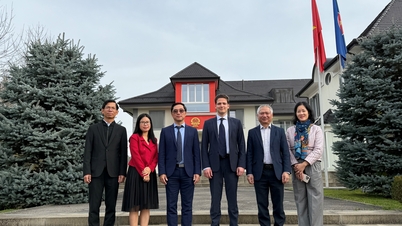



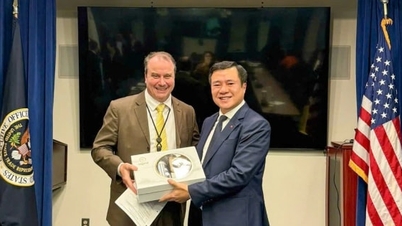


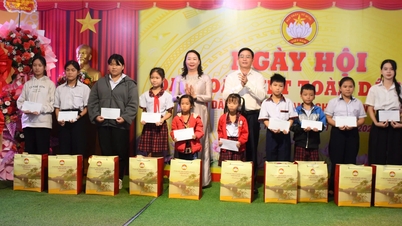










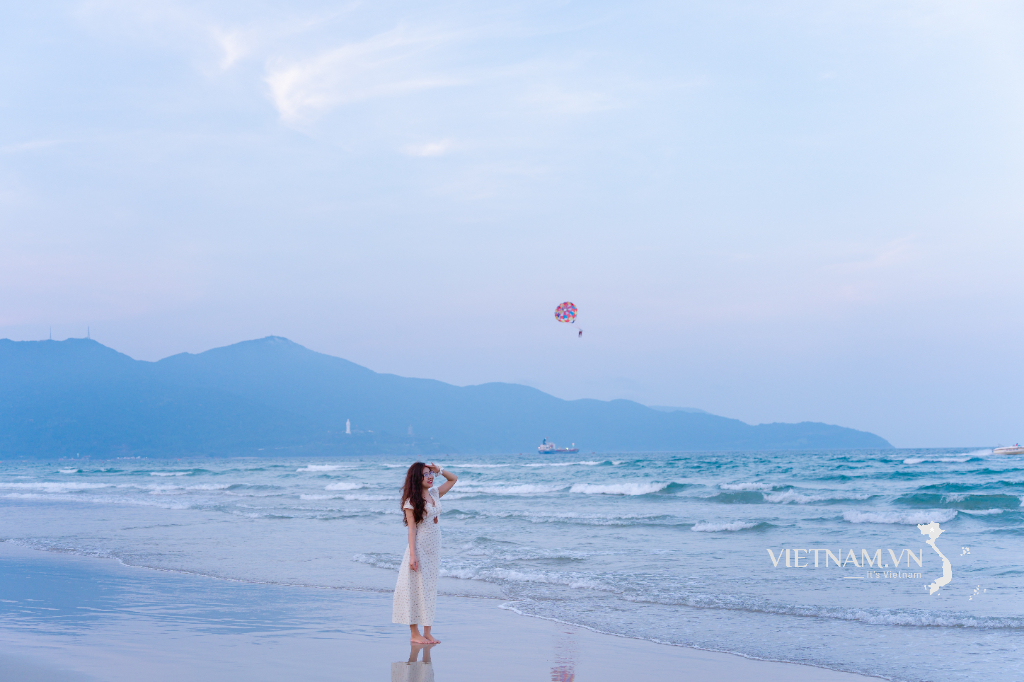



Comment (0)